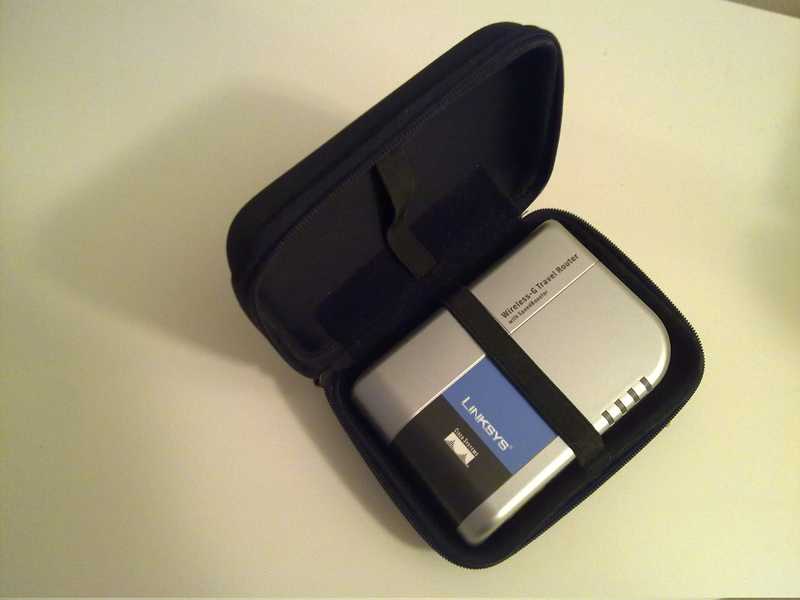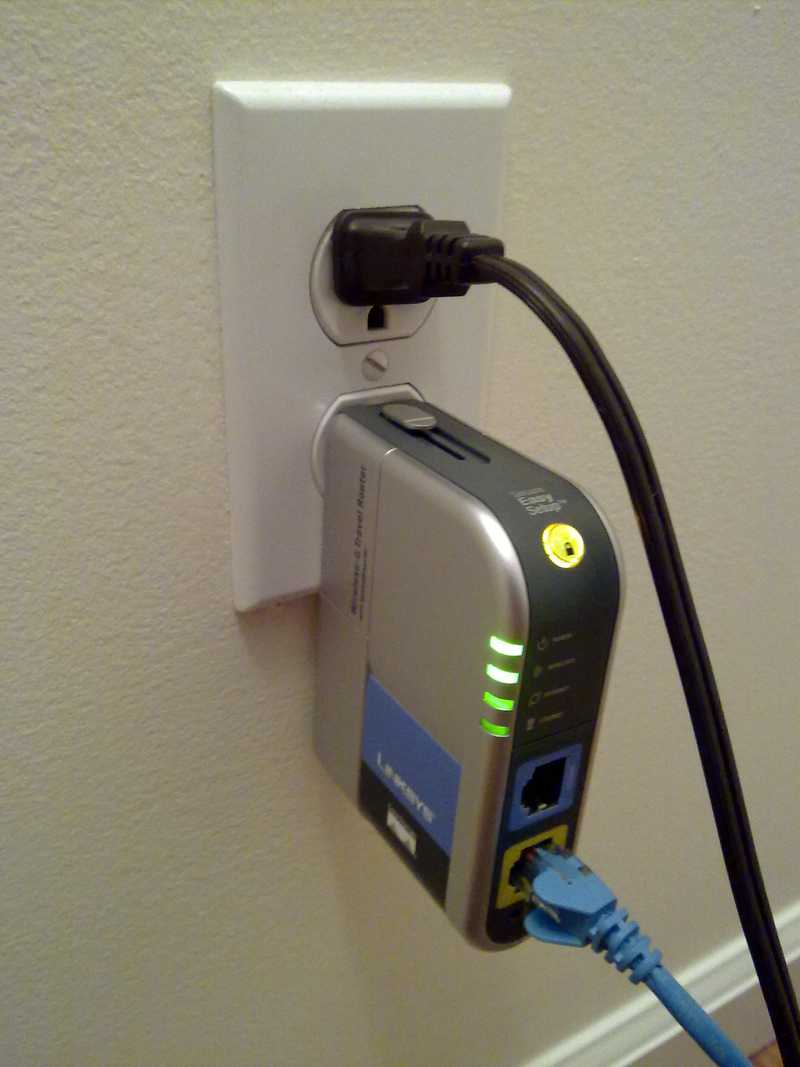juha.net#aviation #dev #photography #tech
Tech traveller's best friend
 if you are a techy traveller like me, you are most probable carrying more than one wi-fi enabled device with you. And most probably you have got some grey hair while trying to connect all those devices into Internet, over variously configured hotel networks.
if you are a techy traveller like me, you are most probable carrying more than one wi-fi enabled device with you. And most probably you have got some grey hair while trying to connect all those devices into Internet, over variously configured hotel networks.
Here is a tip: carry your own WiFi base station or router with you and save yourself from multiple the setup agony.
I’ve been using Linksys Wireless-G Travel Router (WTR54GS), a product I just happen to have. There are plenty of travel routers to choose from, naturally. However, this Linksys has served me rather well (works with both 120V and 240V power).
Here is how it works. (Please note that hotel, airports etc public networks may have regulations which forbidden such a setup described below. Read connection provider’s terms carefully first.)
When I arrive to a hotel room, I plug the router into the power socket. If the hotel has a cable connection, I hook the router with a regular data cable. The router has a preconfigured ID (SSID), so all my wifi enabled devices automatically hooks into that. The connection is encrypted so no outsider can easily to hook into my mobile network. Also, because I use my unique SSID, it does not mess with the hotel wi-fi networks. It looks like a yet another access point in the neighborhood.
Here comes the real beauty. Hotel networks are usually so called walled gardens, meaning that you can only access hotel web pages but nothing more by default. In order to get outside (access real Internet), you need to login or pay connection with a credit card. Usually for each of the device you connect.
 With your own base station, you need to do login only once. For example, when I try to access Internet first time with my laptop, the hotel network login page appears. I enter creditals or purchase connection time with credit card, depending the policy. With own router, when login done once, all of my devices start accessing the Internet automatically without further setup work. This is because the network credentials are tied to the router, not to any individual devices behind it.
With your own base station, you need to do login only once. For example, when I try to access Internet first time with my laptop, the hotel network login page appears. I enter creditals or purchase connection time with credit card, depending the policy. With own router, when login done once, all of my devices start accessing the Internet automatically without further setup work. This is because the network credentials are tied to the router, not to any individual devices behind it.
As seen, this method is not about bypassing charges or distributing network around for free, but about tunneling many of your own wifi connections through one Internet connection. Believe me, setting five devices separately is time consuming task compared to setting up one router.
Then comes more fancy stuff: you actually don’t need a wired connection at all, since the router can function as a wireless bridge. The router connects the hotel wireless network, and distributes that connection further to your devices. Now, you don’t need to do any wiring when you arrive to the hotel room, just plug the router to the wall! Of course, you need to first access the router settings (which is easy over wi-fi) and select which wi-fi network the router connects. Again, you do setup work only once.
Besides making the setup work easier, the router helps you to save in cellular roaming fees. Immediately when your own access point appears, the cell phone start routing data over wifi instead a cellular connectivity (which is usually rather expensive when travelling aboard).
And of course, for serious nerds the own mobile subnetwork is cool, as your devices can find each other e.g. for folder sharing. Not to mention the extra protection the router firewall brings to you.